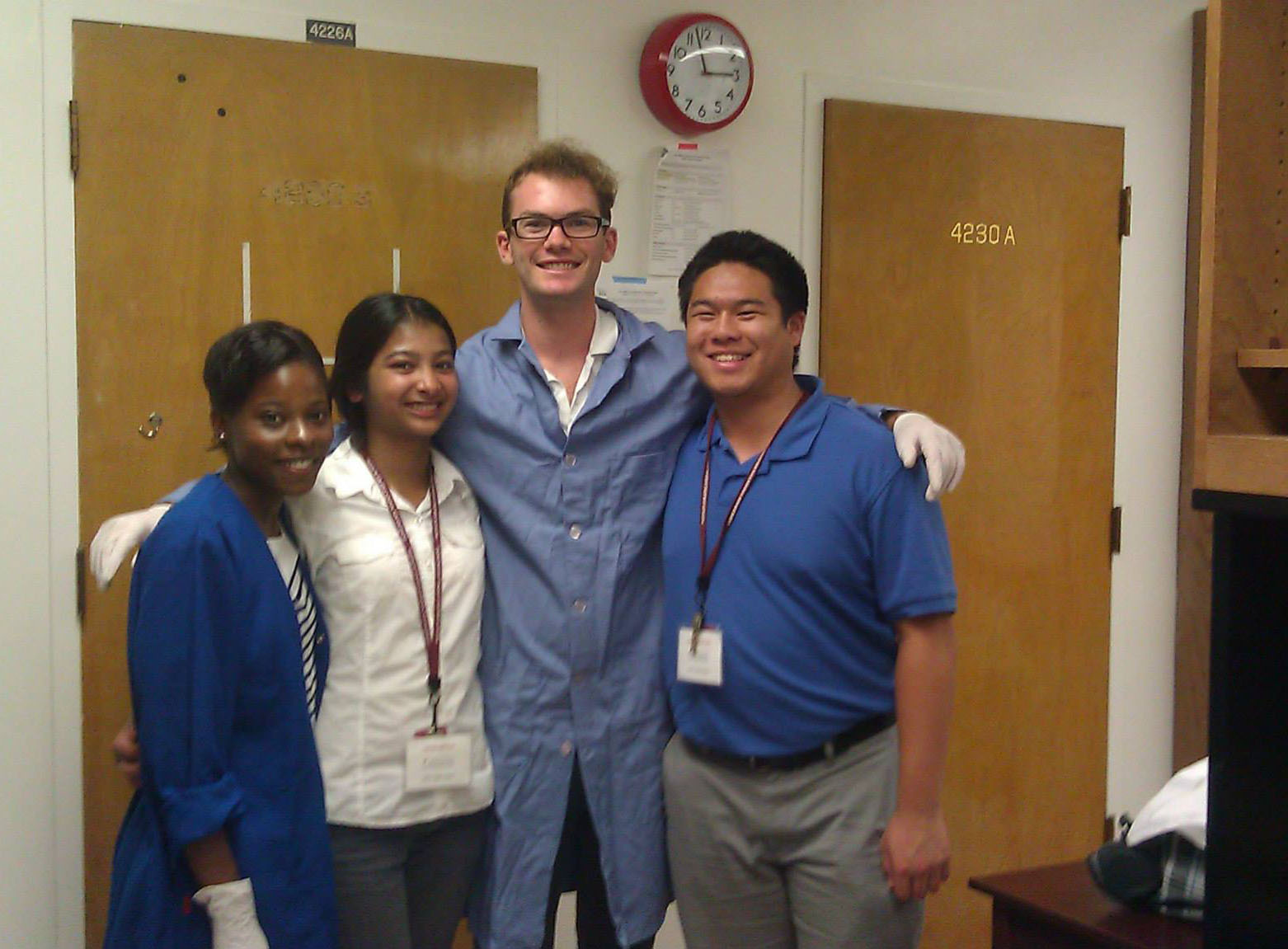- N Singh, MT Sit, DM Chung, AA Lopez, R Weerackoon, & PJ Yeh. “How Often Are Antibiotic-Resistant Bacteria Said to “Evolve” in the News?” PLoS One, 11(3): e0150396. doi:10.1371/journal.pone.0150396 (2016). [view pdf]
- N Singh, MT Sit, MK Schutte, GE Chan, JE Aldana, D Cervantes, CH Himmelstein, & PJ Yeh. “Differential Rate of Use of the Word “Evolve" Across Fields" In Review.
Media plays an important role in informing the general public about scientific ideas. We examine whether the word “evolve,” sometimes considered controversial by the general public, is frequently used in the popular press. Specifically, we ask how often articles discussing antibiotic resistance use the word “evolve” (or its lexemes) as opposed to alternative terms such as “emerge” or “develop.” We chose the topic of antibiotic resistance because it is a medically important issue; bacterial evolution is a central player in human morbidity and mortality. This study highlights the globally low usage of the word “evolve” in the popular press. We suggest this low usage may affect public understanding and acceptance of evolutionary concepts.
On both papers, I played an active role throughout the paper-writing process; I performed the experiments/collected data, analyzed the data, and composed the manuscript. In particular, I took the lead with the data analysis. After all co-authors had uploaded their datasets to Google Sheets, I exported the data and converted it into an SQL database. By strategically storing this data in individual tables representing each newspaper/journal, and also creating tables that combined these into appropriate categorical tables and finally overall newspaper/journal tables, I was able to query for counts under any criteria we needed, export a complete dataset to Excel, and also perform error checking on the collected data points. I then took these counts from SQL and performed calculations and created all but one of the charts included in the papers. This project honed my soft skills of dependability in the sense that it was essential that I computed correct results and that no data mismatches occurred. Also, as the most experienced computer scientist on the team, I had to find ways to use my database structure to compute necessary analyses and to ensure that I was designing my structure and queries intelligently so as to allow for flexibility and accuracy.

I apprenticed in the Yeh lab during the summers of 2014 and 2015. During each of these summers, I worked on a different project of the lab.
In 2014, I worked on finding the concentration ranges that provoke bacterial mutation to slow evolution of drug resistance in Streptomycin and Cefoxitin, namely the Minimum Inhibitory Concentration (MIC) and the Mutant Prevention Concentration (MPC), which form the bounds of the Mutant Selection Window (MSW). At this time, the lab was performing serial dilutions by calculating the amount of antibiotic to add in each round by hand. I observed that this occasionally led to miscalculation which results in inaccurate results and a day’s worth of failed experiments. As a result, I presented a solution: an Excel template that calculates volume to add for each step of serial dilution which would serve to eliminate manual calculation errors. I chose to use Excel because it allowed me to create an easy to use interface, it could be easily customizable, it could be transferred to any computer which had Excel without the need to install additional software, and it could be easily saved, copied, and printed.

In 2015, I worked on a project in which we determined triple drug combination interaction types by comparing bacterial growth to those of single and pairwise combinations. During this time, I learned and perfected microbiology laboratory techniques; the nature of the experiment was that each experimenter was responsible for a single 96-well plate each day and that any mistake at any stage of the process could lead to undesired results and a waste of an entire day’s work. Because of the need for a methodical process to ensure consistent and reliable results, I worked with the other project team members to refine the protocol and resolve ambiguities. Specifically, I brought to attention the need to explore the impact of the plate reading machine’s variation in precision on results and this led to a side-investigation that a graduate student carried out.
I greatly enjoyed my experience in the Yeh lab and am extremely grateful to all for their mentorship and support.
Our first paper was published with PLoS One in 2016. We have written a second paper and it is currently under review for publication. In terms of my laboratory experience, I am currently and actively seeking a lab group local to Berkeley to join.
I thank all my co-authors listed above for their collaboration on these papers. I also thank in particular Dr. Pamela J. Yeh, Nina Singh, Emily Vargas, Borna Shirvani, and Cynthia White for mentoring and guiding me.



